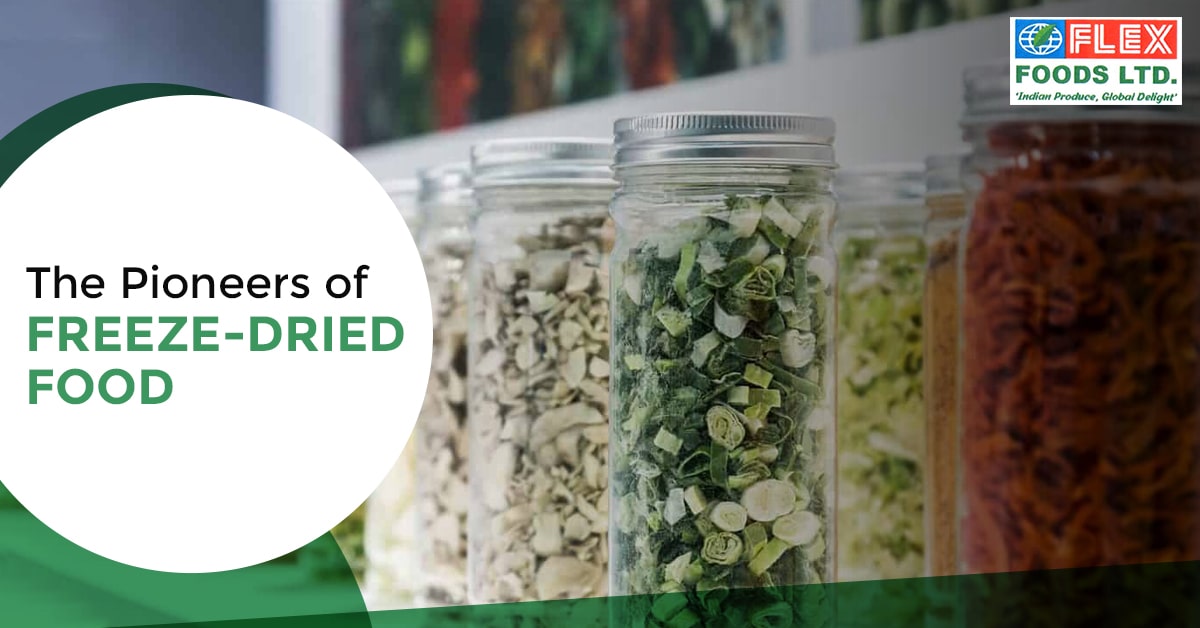During World War II, freeze-drying technology was developed as a way to preserve blood plasma for battlefield emergencies without requiring refrigeration or compromising the plasma's biological structure. One of the first freeze-dried items to be widely distributed was coffee. Freeze-dried foods are now available in fruits, vegetables, meats, eggs, and food flavoring.
Freeze-dried food manufacturers in India dehydrate frozen meals under a vacuum, allowing the moisture content to transition directly from a solid to a gaseous state without having to go through the intermediate liquid state of sublimation. Freeze-dried food retains its original size and shape with minimal cell rupture throughout this process. At room temperature, removing moisture protects a product from degrading.
Freeze-dried foods last between 25-30 years, and the dehydrated products last between 15 and 20 years. Freeze-dried food has a nutritional value that is comparable to fresh food once rehydrated.
How freeze-drying works
Prefreezing, primary drying, and secondary drying are the three processes that are pivotal in the manufacturer of freeze dried foods in India.
Conclusion
Freeze-dried foods provide a number of advantages over fresh foods. Please contact us if you wish to meet any freeze dried food manufacturers in India at

